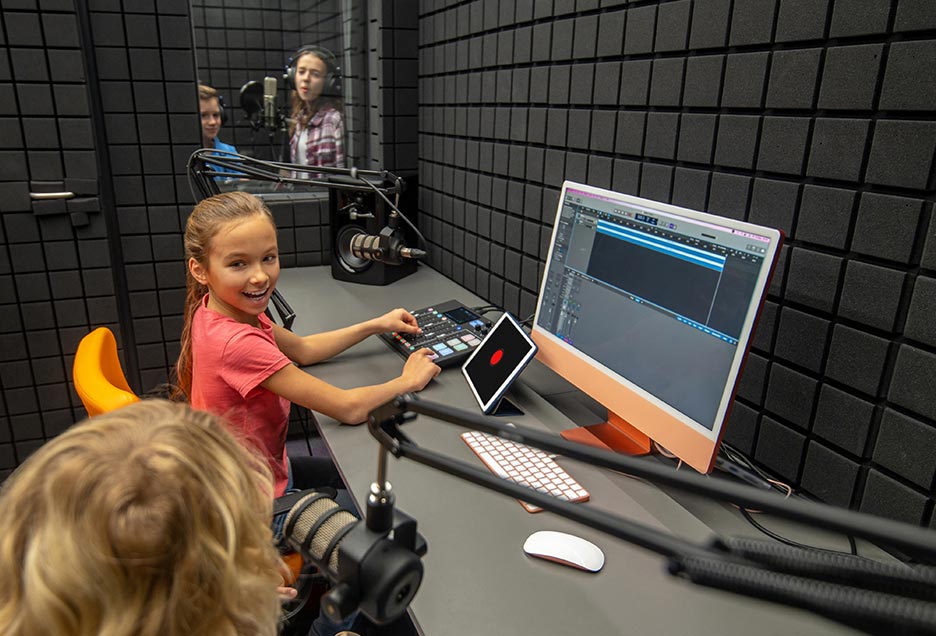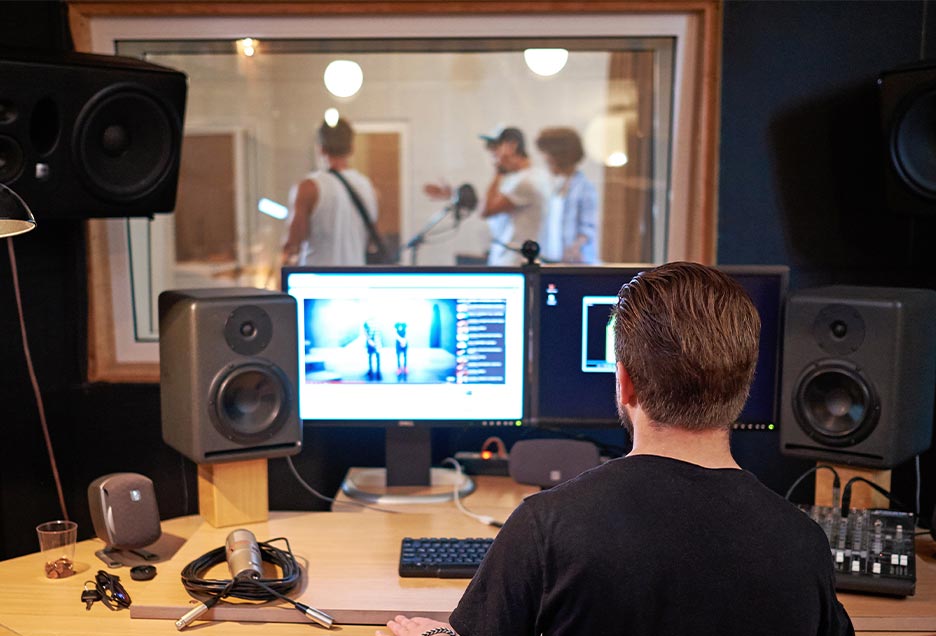“When my students have to put up with sounds coming into the music room from outside, it’s like asking art students if they would mind someone scribbling on their paper while they’re drawing.”
If you’re not in the enviable position of designing a new music facility for your school, there are still a number of ways of improving the acoustic ambience within your existing teaching and performance spaces.
The key is to understand what is required – whether the issue is to do with sound spillage between different rooms, or the acoustical ‘feel’ of a particular room. One concerns isolation, the other reverberation.
There is not a lot that can be done if the walls between your rooms are acoustically ‘thin’, letting through sounds that will interfere with your musical activities. However, some simple things can help:
Timetabling
Try to ensure that classes complement each other, with sound-sensitive lessons perhaps taking place at the same time as ‘silent’ keyboard classes in another room.
Incidental soundwaves
Moving a classroom around so that soundwaves from speakers or large instruments do not hit the common wall can sometimes help. On the other hand, try to avoid mounting hi-fi speakers on a wall that adjoins your colleague’s classroom – although facing the opposite direction, the bass frequencies will often transfer straight through the wall.
Additional baffles
Some free-standing sound panels may help direct sound away from adjoining walls or doorways, especially in the case of acoustic drum kits.
Excessive reverberation in a room is more easily dealt with than excessive dampening. Although choral rehearsals are more enjoyable if the singers receive even a small amount of acoustic ‘feedback’ from the environment, too much reverberation will confuse the sound and can make class teaching more difficult.
Carpet
Adding a carpet will help to deaden the sound in a room, although less so if the room is already full of furniture. Replacing even part of a carpeting floor with a hard surface will tend to increase the reverberation time of the room.
Walls
Soft furnishings (curtains, material-covered display boards) will reduce the sense of space in a room. Removing any curtains, and fixing hard reflective surfaces to your display areas may help a little.
There are also several types of acoustic product that you can buy that will help in any room that has resonant frequencies; these tend to be wall-mounted panels designed to either diffuse or absorb the problem frequencies.
Finally, if the specific problem you have is external noise interfering with sound recordings, consider holding these sessions outside of the normal school day when things are hopefully quieter. Alternatively, invest in some acoustic panels in which to enclose the performer. If you have the budget (and the space!) you could even buy a ‘room within a room’ acoustic booth. If all else fails, at least you can lock yourself away in blissful silence.





